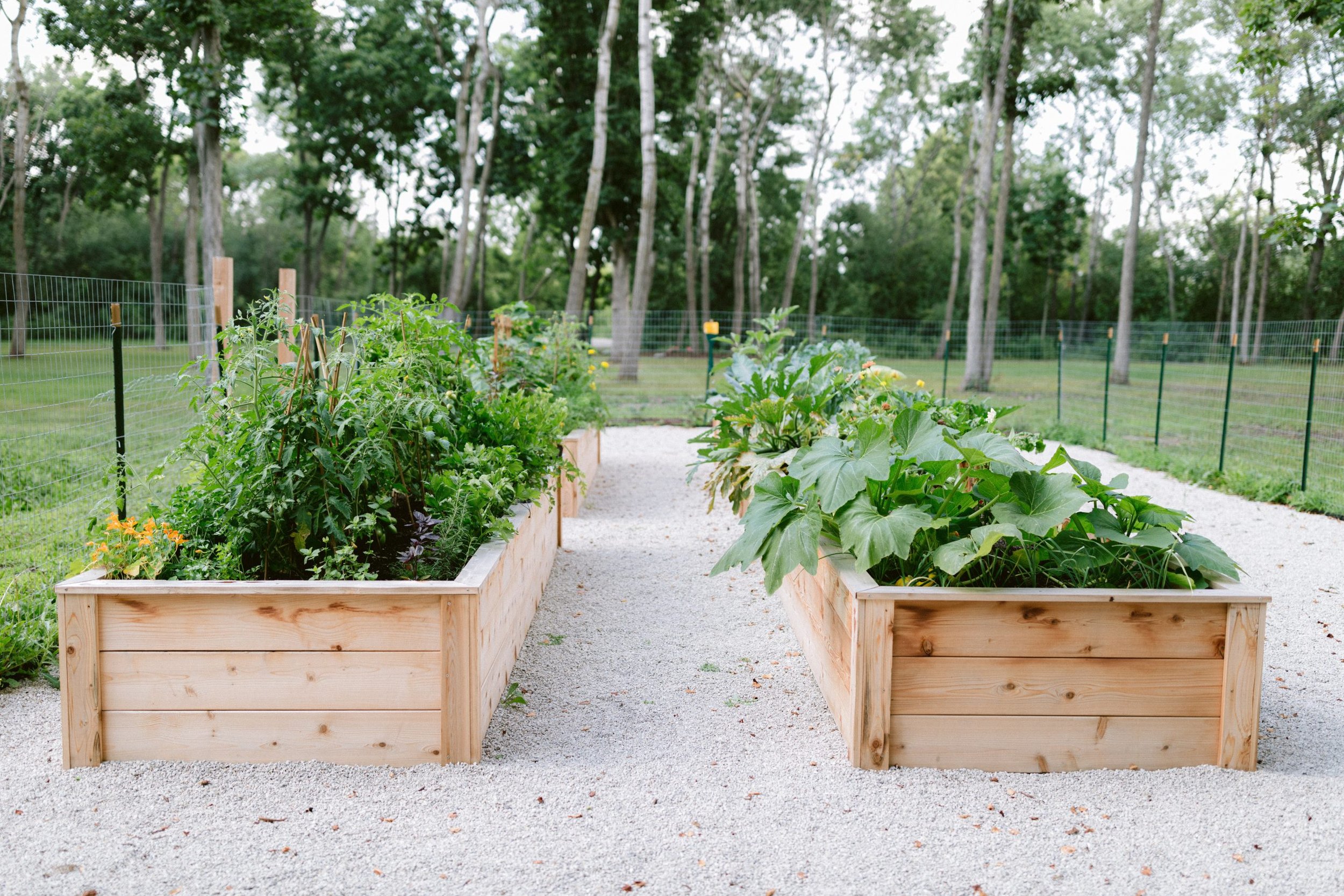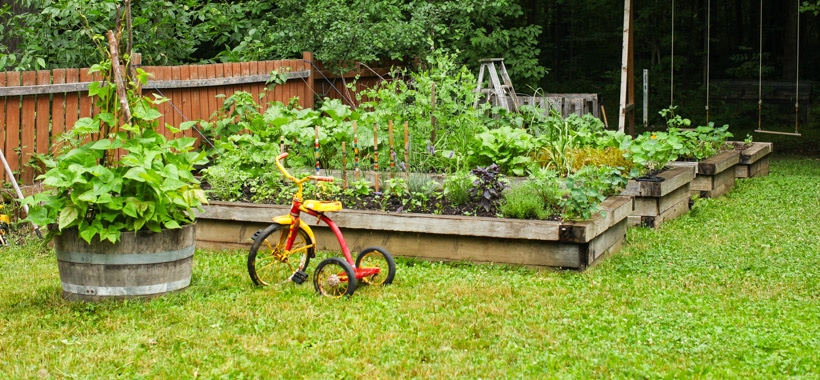Discover Vital Tips for Effective Gardening Techniques and Practices
Gardening, usually seen as a basic activity, encompasses a variety of methods and methods that can significantly influence the end result of your initiatives. By prioritizing vital elements such as soil wellness, reliable watering techniques, and suitable plant option, garden enthusiasts can create a successful ecological community that sustains vibrant growth. Comprehending the nuances of bug administration and seasonal upkeep can additionally boost performance. Many enthusiasts forget essential information that can make or damage their gardening success-- checking out these overlooked aspects might disclose the secret to cultivating a flourishing yard.
Understanding Dirt Health And Wellness
Soil health and wellness is a fundamental facet of successful horticulture, as it directly affects plant development, nutrient schedule, and community equilibrium. Healthy dirt is defined by an abundant biodiversity of bacteria, raw material, and a well balanced pH level, which with each other create an atmosphere for plant advancement.
To understand dirt wellness, one should consider its physical, chemical, and organic residential or commercial properties. The appearance and structure of soil influence its ability to maintain moisture and nutrients, while the chemical structure establishes the availability of necessary elements like nitrogen, potassium, and phosphorus. Routine dirt testing is important to analyze these factors, enabling garden enthusiasts to make enlightened choices concerning plant foods and amendments.
Furthermore, advertising organic task within the soil is crucial for keeping its health. Practices such as composting, crop rotation, and using cover plants can enhance microbial diversity, enhance nutrient biking, and lower dirt disintegration. By focusing on dirt health, garden enthusiasts not just maximize plant development but also contribute to a sustainable environment, making certain that their horticulture techniques are environmentally responsible and resistant in time.
Effective Watering Techniques
Guaranteeing that plants receive the suitable amount of water is vital for their health and growth, specifically when paired with a solid foundation of soil wellness (Homestead Gardening). Reliable sprinkling methods can considerably impact plant vitality, decreasing water wastage and advertising ideal development
One fundamental approach is deep watering, which motivates roots to expand deeper right into the soil, boosting drought resistance. This technique typically includes watering much less frequently yet in larger amounts, allowing dampness to permeate the origin zone extensively. Timing is likewise crucial; morning is the perfect time to water, as it decreases evaporation and permits foliage to completely dry during the day, minimizing disease dangers.
Additionally, utilizing compost can help maintain soil wetness and manage temperature, additional aiding effective sprinkling practices. Using a drip watering system can also supply targeted moisture directly to the origins, ensuring that water reaches where it's most required while preserving resources.
Checking rainfall and soil dampness degrees can guide modifications in your watering timetable, ensuring plants get constant hydration without over-saturation. By taking on these effective watering methods, garden enthusiasts can cultivate a flourishing atmosphere for their plants to prosper.
Plant Selection and Placement
Exactly how can the appropriate plant option and strategic placement transform a garden right into a prospering ecological community? The harmony between plant varieties and their placement is essential for producing a lively yard. When picking plants, think about factors such as climate, soil type, and sunshine direct exposure. Indigenous varieties are frequently the most effective option as they are adapted to regional conditions and need less upkeep.
Strategic positioning entails setting up plants according to their development practices and needs. Taller plants should be placed at the rear of borders to avoid shielding much shorter plants. Furthermore, grouping plants with comparable water and light demands can enhance their development and minimize competition for resources.
Including a variety of plants not only includes visual appeal but additionally promotes biodiversity, attracting valuable bugs and pollinators. Think about the seasonal changes in your yard; select a mix of evergreens, perennials, and annuals to make sure year-round interest.
Last but not least, keep in mind to assess the fully grown size of plants before planting to prevent congestion and guarantee adequate air flow. Thoughtful plant selection and calculated placement produce a harmonious environment, allowing your yard to thrive while decreasing difficulties.
Parasite and Disease Monitoring
Effective bug and condition administration is crucial for preserving a healthy and balanced garden environment - Homestead Gardening. An aggressive method, integrating social, biological, and chemical methods, can significantly decrease the effect of parasites and diseases on your plants

Biological controls, such as introducing helpful pests like ladybugs or predatory mites, can keep insect populations in check without hurting the atmosphere. Furthermore, keeping plant wellness via correct watering, fertilizing, and trimming will certainly strengthen their strength versus conditions.
When treatment is essential, decide for targeted chemical therapies, making certain to adhere to application standards to decrease injury to non-target microorganisms. Always prioritize sustainable practices, as they promote long-lasting Learn More Here yard health and wellness and ecological equilibrium. By integrating these approaches, gardeners can properly handle conditions and parasites, making sure thriving plants and a productive yard.

Seasonal Upkeep Practices
In spring, emphasis on soil preparation by screening pH levels and adding essential changes. Regularly check arising plants for illness other and pests.
As summer methods, make certain appropriate watering while checking for signs of stress or disease. Trim back overgrown plants to motivate air flow and lower humidity around foliage. This method not only improves plant health however additionally promotes flowering and fruiting.
With the arrival of autumn, it's time to get ready for winter months. Clean up dropped leaves and debris to avoid parasite problems, and consider planting cover plants to enrich soil health and wellness. This period is likewise perfect for splitting perennials and planting spring-flowering light bulbs.
Verdict
Successful gardening hinges on the assimilation of sound methods in dirt health, watering, plant selection, pest management, and seasonal maintenance. By prioritizing dirt screening and microbial diversity, utilizing reliable watering techniques, and picking suitable plants, gardeners can develop thriving ecosystems. Furthermore, proactive bug monitoring and attentive seasonal maintenance add substantially to general yard vigor. Embracing these strategies cultivates a sustainable and productive horticulture environment, guaranteeing prospering growth and resilience throughout the altering seasons.
By focusing on necessary elements such as dirt health and wellness, effective sprinkling strategies, and proper plant choice, garden enthusiasts can develop a successful community that supports vibrant development. By prioritizing visit site dirt health and wellness, garden enthusiasts not only enhance plant growth yet also add to a sustainable ecological community, making sure that their gardening techniques are durable and eco liable over time.
Taller plants need to be positioned at the back of boundaries to stop shading shorter plants. Clean up fallen leaves and debris to stop pest infestations, and consider planting cover plants to enhance soil health and wellness.Successful gardening hinges on the integration of sound techniques in soil wellness, watering, plant selection, bug management, and seasonal upkeep.